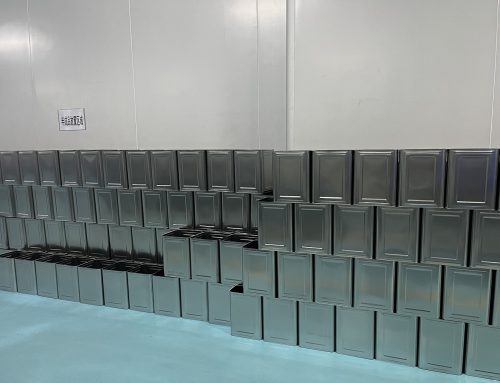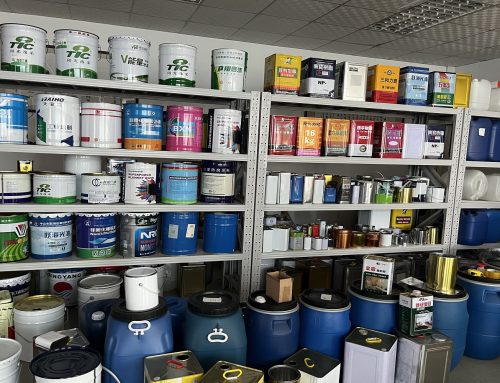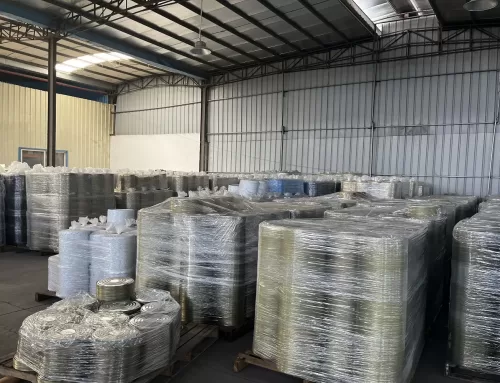Currently, the main types of coatings used for cans include epoxy phenolic coatings, epoxy amine coatings, organic solvent coatings, vinyl coatings, polyester coatings, acrylic coatings, and epoxy coatings. Below is a brief introduction to the characteristics of various resins and the performance and applications of coatings made from them.
Vinyl coatings primarily consist of chlorinated polyvinyl chloride (CPE), a copolymer of chloroethylene and vinyl acetate, belonging to the internally plasticized modified varieties of polyvinyl chloride (PVC) resin. In addition to the characteristics of PVC resin, the introduction of vinyl acetate provides the resin with a certain degree of flexibility. The incorporation of hydroxyl (—OH) and carboxyl (—COOH) groups improves adhesion and reactivity. It also eliminates the regular structure, making it easily soluble in organic solvents, greatly facilitating its use.
Currently, CPE is mainly used in the field of food metal packaging for repairing after the formation of beverage cans and as a base oil coating for printing iron. It is also widely used in plastic coatings, pharmaceutical and food sealants, and inks for plastics.
Similar to other coatings used in food metal packaging, CPE internal touch-up coatings meet specific functional requirements, including resistance to high-temperature baking discoloration, resistance to high-temperature sterilization, acid and sulfur resistance, strong adhesion to the substrate, hygiene, safety, and no adverse impact on the original flavor of the food.
Typically, CPE internal touch-up coatings contain not only CPE copolymer resin and organic solvents but also heat stabilizers, plasticizers, resins, crosslinking agents, and other additives.
CPE internal touch-up coatings are convenient to use and generally adopt a high-pressure airless spraying system. The coating is completely cured at high temperature for a short time, increasing the overall film thickness. This completely improves the integrity of the coating system covering the metal can body substrate, especially for exposed areas of internal abrasions and iron/aluminum areas in the weld seam touch-up zone. This enhancement improves the corrosion resistance of food and beverage packaging cans. The use of CPE internal touch-up coatings also plays a role in maintaining food flavor and avoiding the influence of certain coatings (such as epoxy phenolic coatings). It is therefore referred to as the “all-in-one” coating in the family of food packaging coatings, acting as a “gatekeeper .”
To fully leverage its role, several points should be noted during on-site usage:
1.Ensure that the spraying amount (dry film weight per can) meets the standard.
2.Ensure complete curing.
3.Adjust various process parameters according to regulations, including viscosity, spraying pressure, etc. Choose suitable equipment configuration (including nozzles) according to the can type to ensure full atomization and uniform coating.
4.Use dedicated thinners.
5.Maintain ventilation in the spraying area, wear proper personal protective equipment, and regularly clean tools in the spraying area contaminated by paint mist.
The main drawback of this coating is that it contains a large amount of organic solvents, low solid content, requires high-temperature baking, and has a significant impact on “three wastes,” environmental protection, and energy consumption.




